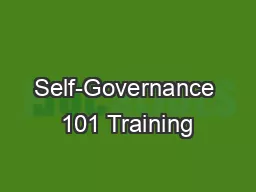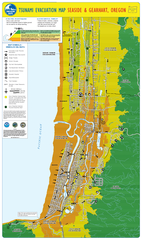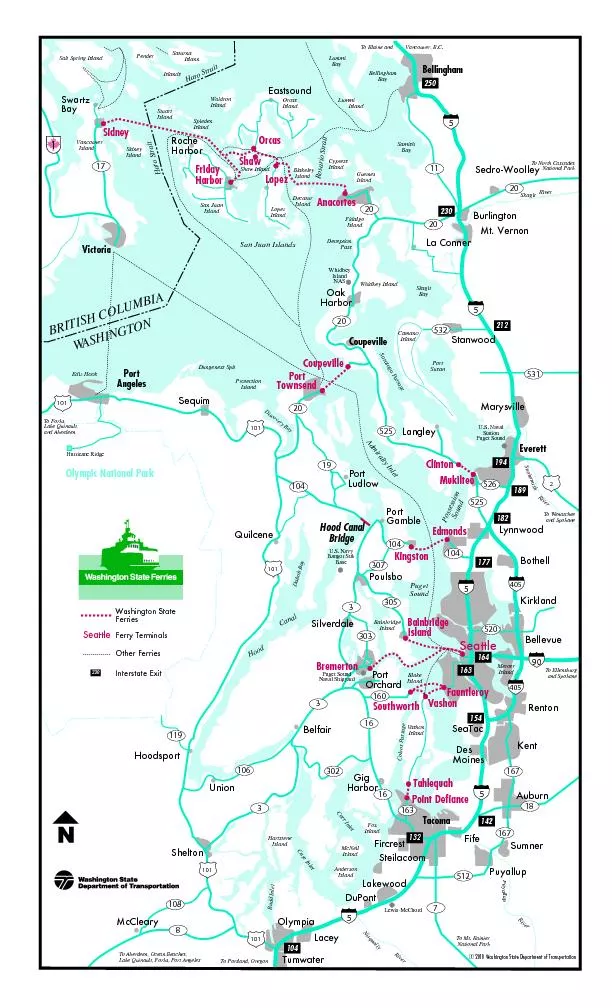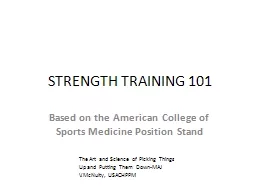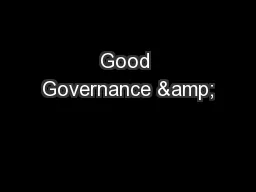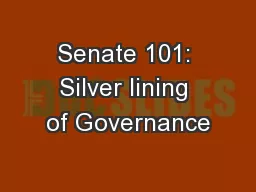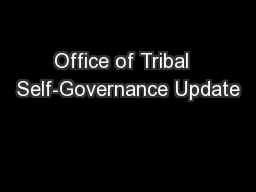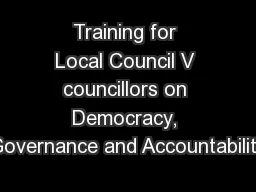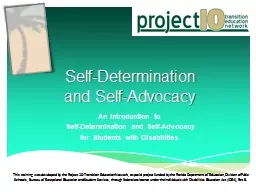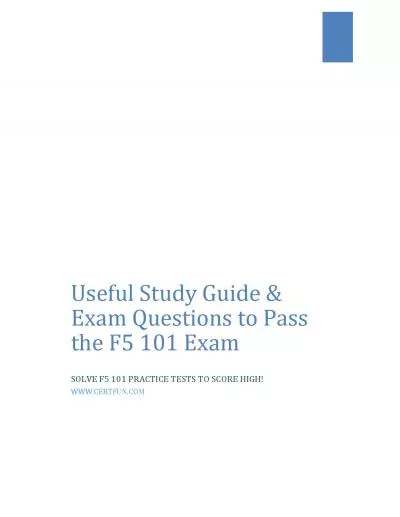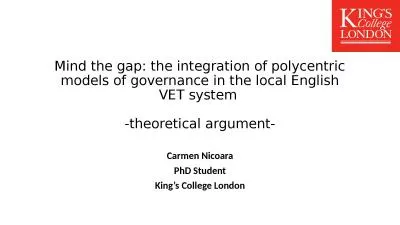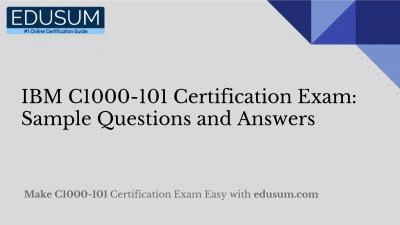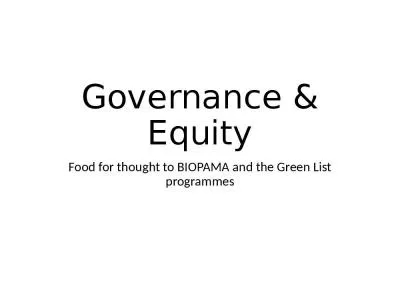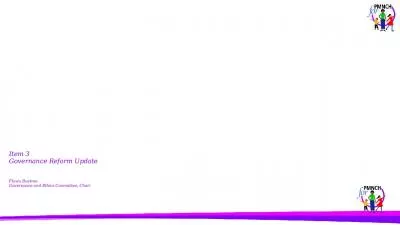PPT-Self-Governance 101 Training
Author : yoshiko-marsland | Published Date : 2017-06-28
Indian Health Service Office of Tribal SelfGovernance May 10 2016 Dakota Event Center Aberdeen South Dakota Overview of the Legislative History of the Indian SelfDetermination
Presentation Embed Code
Download Presentation
Download Presentation The PPT/PDF document "Self-Governance 101 Training" is the property of its rightful owner. Permission is granted to download and print the materials on this website for personal, non-commercial use only, and to display it on your personal computer provided you do not modify the materials and that you retain all copyright notices contained in the materials. By downloading content from our website, you accept the terms of this agreement.
Self-Governance 101 Training: Transcript
Download Rules Of Document
"Self-Governance 101 Training"The content belongs to its owner. You may download and print it for personal use, without modification, and keep all copyright notices. By downloading, you agree to these terms.
Related Documents

